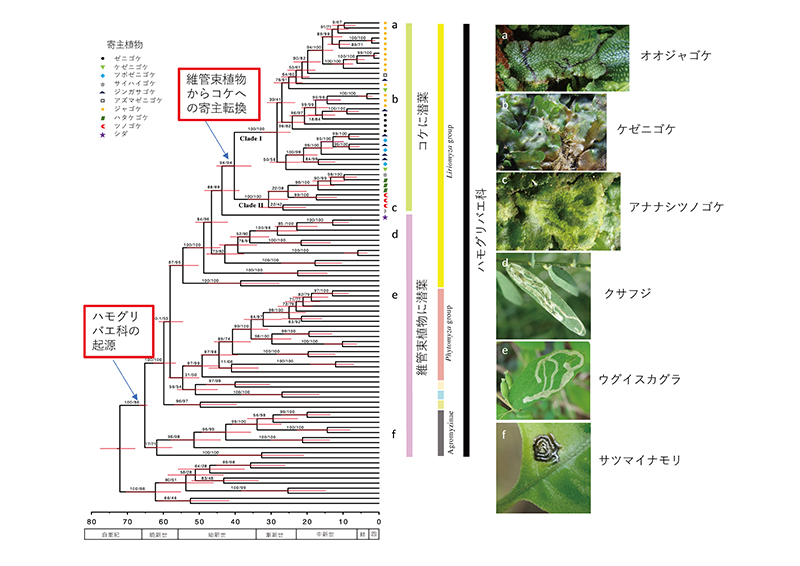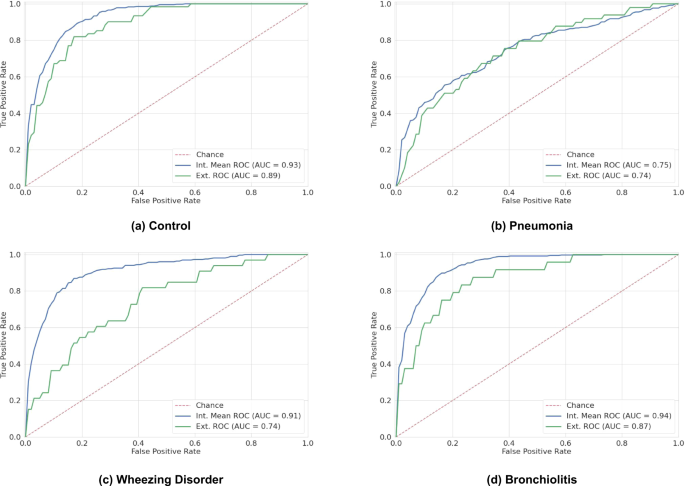2023-06-09 ミュンヘン大学(LMU)
◆この研究は、混乱や誤解を避けるために医師が診断情報の伝達をより頻繁に使用するよう呼びかけています。ただし、診断情報とベイジアン情報の両方を含めて患者に全体像を提供することが最も良い方法だとされています。
<関連情報>
- https://www.lmu.de/en/newsroom/news-overview/news/you-might-have-cancer—on-certainty-and-probability.html
- https://journals.plos.org/plosone/article?id=10.1371/journal.pone.0283947
医師と患者とのコミュニケーションにおけるベイズ情報と診断情報の比較: 統計情報の方向性と視覚化の提示が及ぼす影響。 Bayesian versus diagnostic information in physician-patient communication: Effects of direction of statistical information and presentation of visualization
Sarah Frederike Brose ,Karin Binder,Martin R. Fischer,Martin Reincke,Leah T. Braun,Ralf Schmidmaier
PLOS ONE Published: June 7, 2023
DOI:https://doi.org/10.1371/journal.pone.0283947
Abstract
Background
Communicating well with patients is a competence central to everyday clinical practice, and communicating statistical information, especially in Bayesian reasoning tasks, can be challenging. In Bayesian reasoning tasks, information can be communicated in two different ways (which we call directions of information): The direction of Bayesian information (e.g., proportion of people tested positive among those with the disease) and the direction of diagnostic information (e.g., the proportion of people having the disease among those tested positive). The purpose of this study was to analyze the impact of both the direction of the information presented and whether a visualization (frequency net) is presented with it on patient’s ability to quantify a positive predictive value.
Material and methods
109 participants completed four different medical cases (2⨯2⨯4 design) that were presented in a video; a physician communicated frequencies using different directions of information (Bayesian information vs. diagnostic information). In half of the cases for each direction, participants were given a frequency net. After watching the video, participants stated a positive predictive value. Accuracy and speed of response were analyzed.
Results
Communicating with Bayesian information led to participant performance of only 10% (without frequency net) and 37% (with frequency net) accuracy. The tasks communicated with diagnostic information but without a frequency net were correctly solved by 72% of participants, but accuracy rate decreased to 61% when participants were given a frequency net. Participants with correct responses in the Bayesian information version without visualization took longest to complete the tasks (median of 106 seconds; median of 13.5, 14.0, and 14.5 seconds in other versions).
Discussion
Communicating with diagnostic information rather than Bayesian information helps patients to understand specific information better and more quickly. Patients’ understanding of the relevance of test results is strongly dependent on the way the information is presented.


